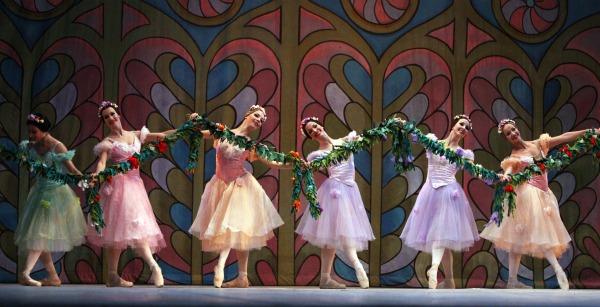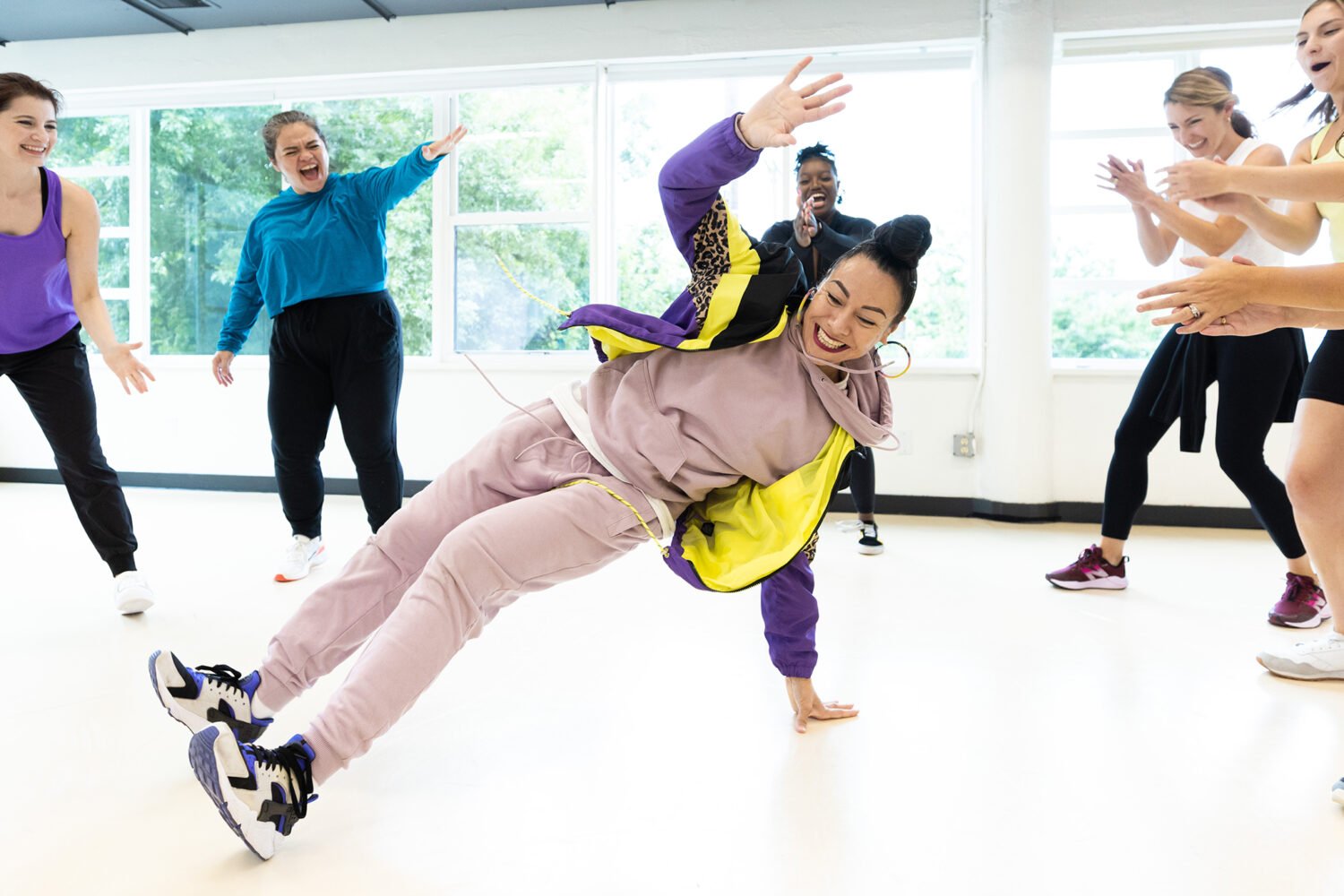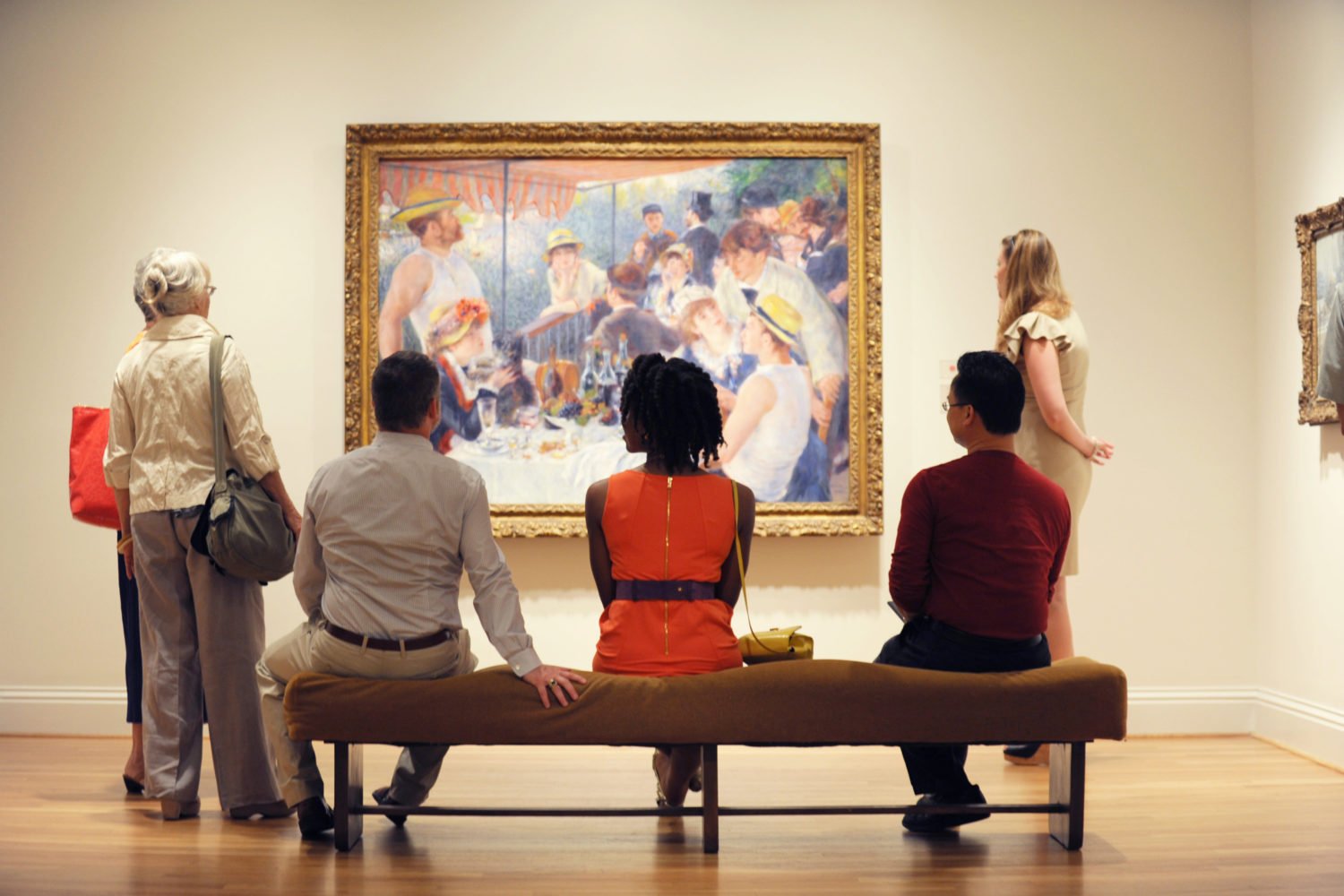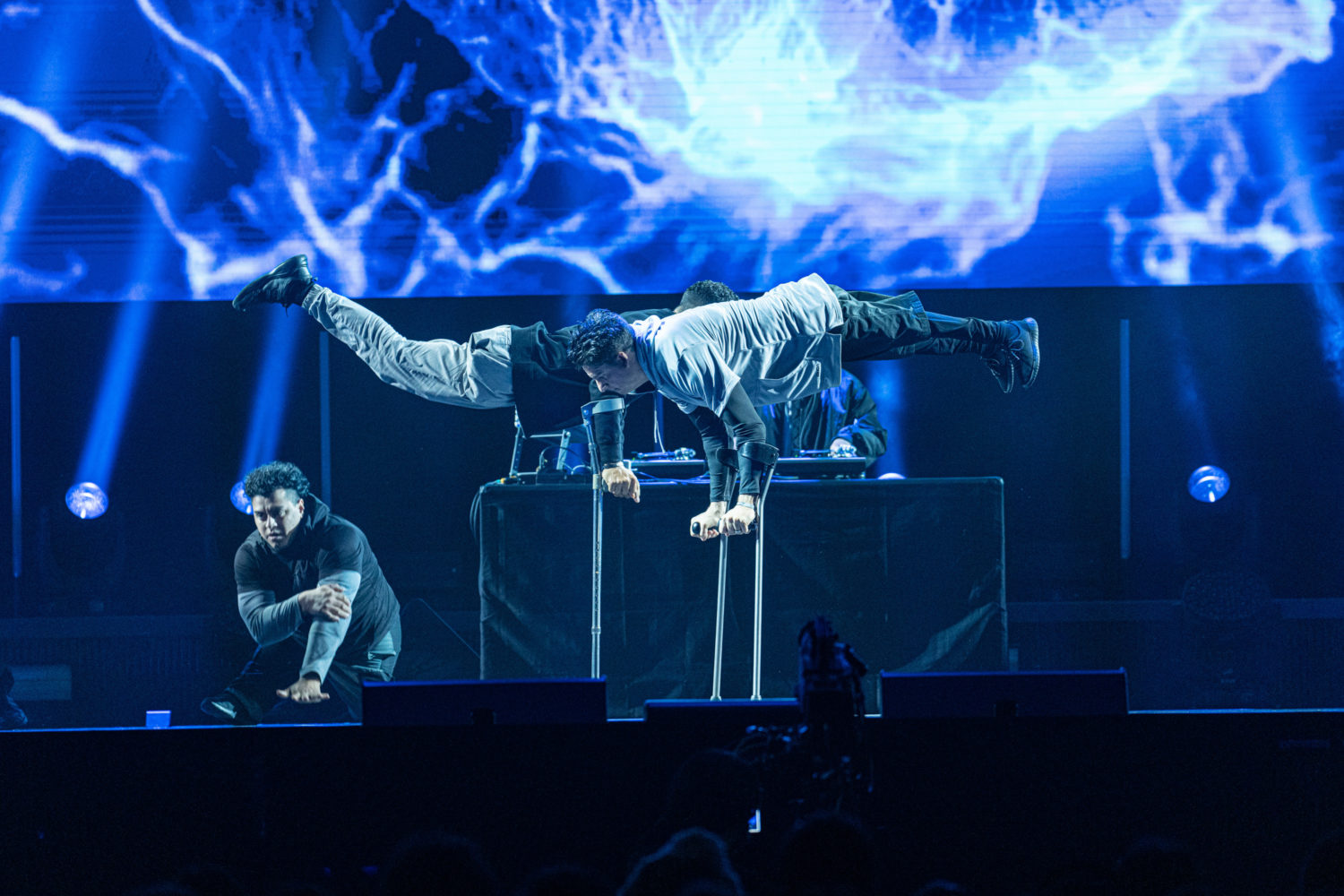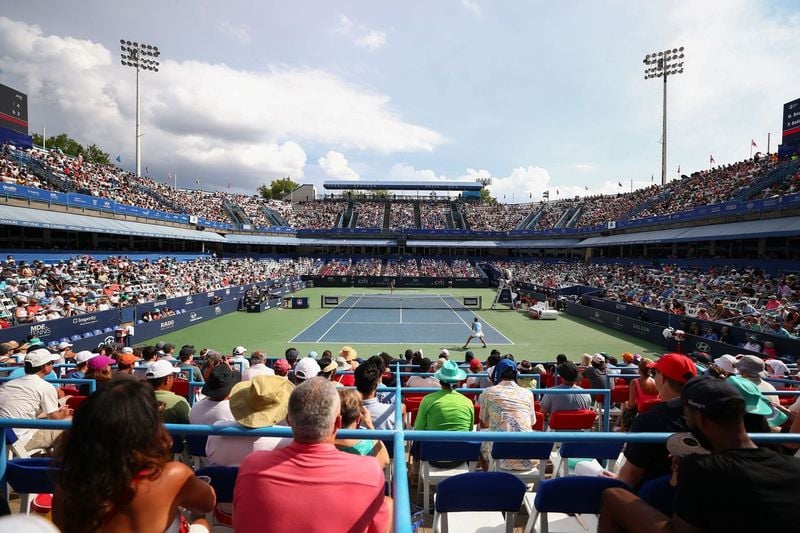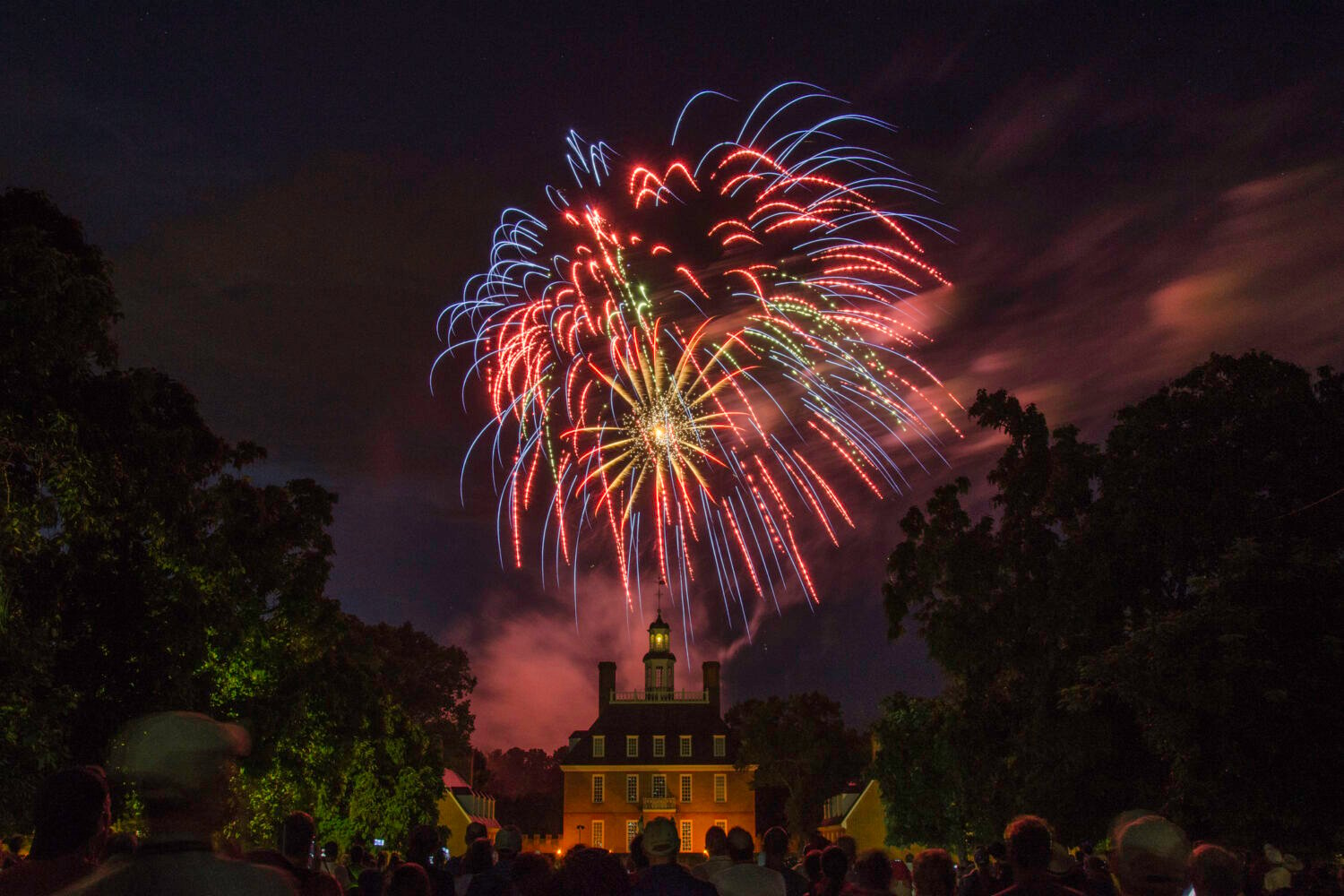As noted in my summer classical music roundup, the Ballet Nacional de Cuba is back in town this week, with two productions in the Kennedy Center Opera House. Alicia Alonso, now in her nineties, still directs the company she founded in 1948: That was before the Cuban Revolution, but Fidel Castro soon became one of the fledgling company’s strongest supporters. That association has not prevented the company from touring the United States, or stopped dancers from defecting on previous trips here. The company’s glories are the productions that made Alonso famous as a performer, like Giselle, and their old-school costumes and sets, and in some cases choreography, tend to have a metaphorical whiff of formaldehyde about them. With one of the strongest training programs in the world, however, the company’s greatest asset are its Cuban dancers.
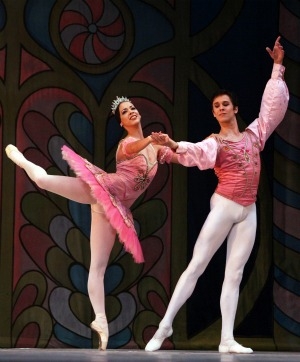
The company’s first production, which opened on Tuesday night, is Magic of the Dance, a tasting menu of excerpts from seven different ballets. It was the way that dance used to be served up in the Renaissance, in a series of unrelated vignettes, but for any regular ballet-goer used to a story being told in a relatively coherent way, it makes for an odd night in the theater. Only the last excerpt, the “Creole Party” scene of Alonso’s staging of Gottschalk Symphony, a Caribbean-flavored cocktail based on Louis Moreau Gottschalk’s symphony Night of the Tropics, is truly distinctive. It was a rum-and-spearmint concoction, complete with conga lines, after a menu of six sugary desserts, basically the most famous pas de deux and corps de ballet scenes from six chestnuts of the ballet repertory.
Anette Delgado was not so ghostly and wispy in Alonso’s Giselle, and no staging of The Sleeping Beauty has ever convinced me about the entire third-act wedding pageant being dramatically compelling. Conductor Giovanni Duarte stretched and pulled the musical scores to suit the rather flexible (sometimes over-indulgent) choreography, and the Opera House Orchestra did its best to stay together and with his baton. The other strange thing about hearing so many of those climactic pas de deux was the piling up of all those dramatic instrumental solos that go with them, for viola, cello, violin, and harp—all of them quite nice.
The corps de ballet’s movement was uniformly strong and buoyant—the leaps powerful, the extensions high—but not always in absolute unison. Among the principals, standout performances came from the athletic Franz of Osiel Gounod in Coppélia, matched nicely with the rumba-like variation, complete with rhythmically stomped feet, on the peasants’ Mazurka of the first act, the feisty Sugarplum Fairy of Bárbara García, and the graceful Odette of Sadaise Arencibia in Swan Lake. Based on the excerpt seen during the Tuesday performance, the pairing to see in the run of the complete ballet Don Quixote is Viengsay Valdés and Alejandro Virelles, who were both athletic and spirited in the wedding pas de deux. They will perform together only this evening, June 2. Some $29 orchestra seats may be available through a special promotion: Use the code “62581” when buying online or by phone.
Performances of the Ballet Nacional de Cuba continue through June 5, in the Kennedy Center Opera House.
Subscribe to Washingtonian
Follow Washingtonian on Twitter
More>> After Hours Blog | Arts & Events | Happy Hour Finder | Calendar of Events

